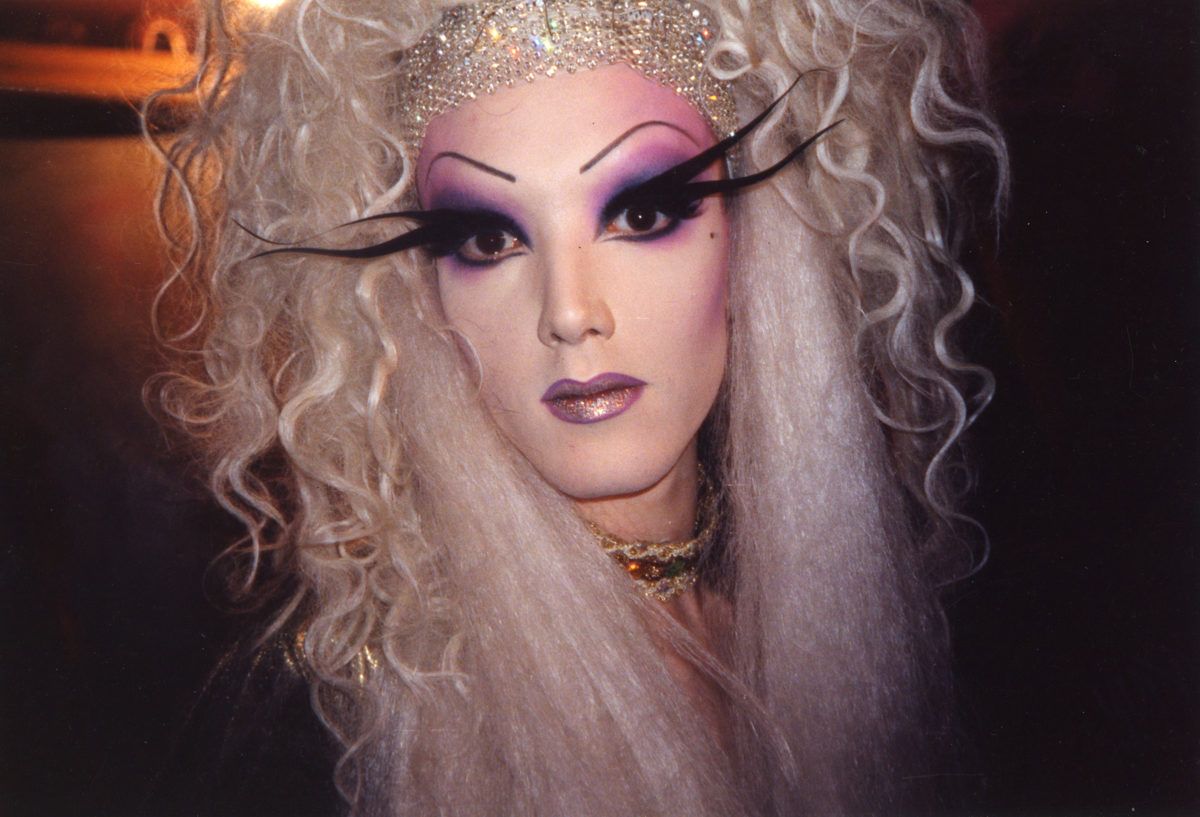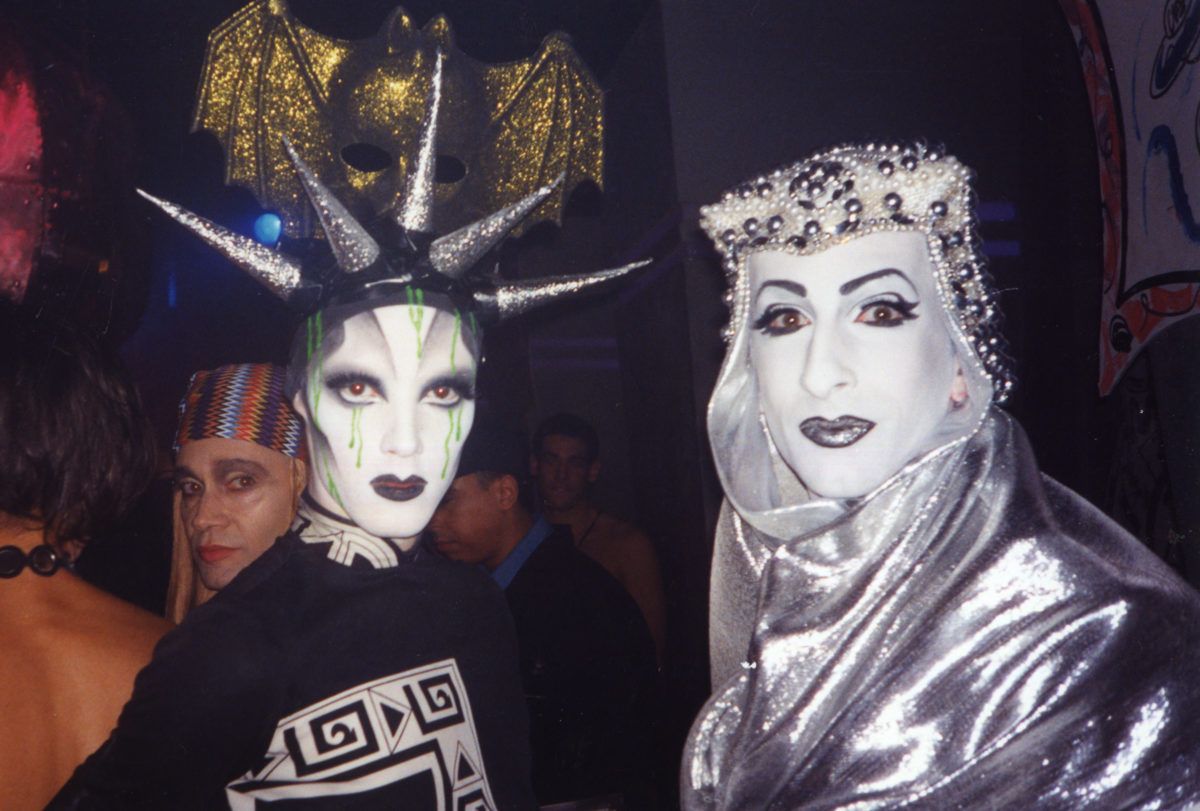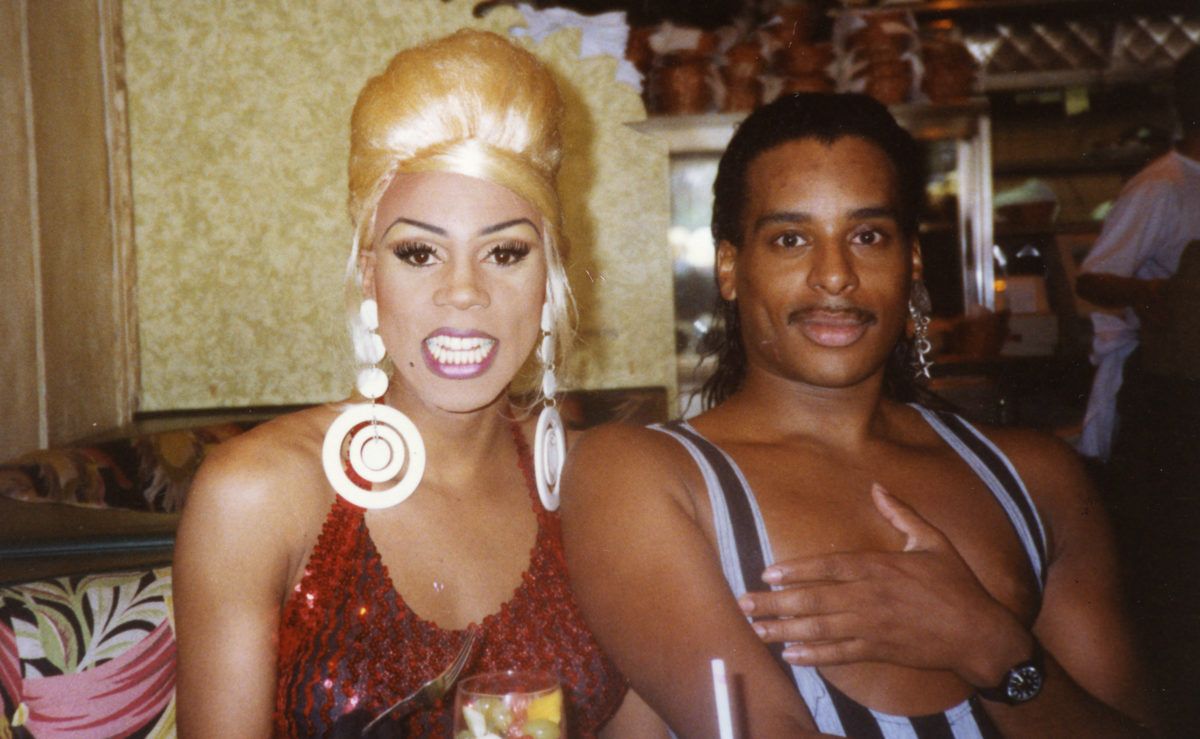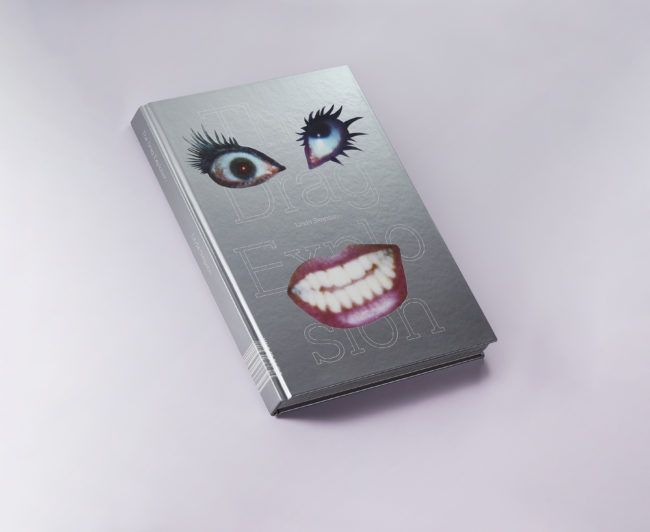blog
Book Review: Linda Simpson’s The Drag Explosion

(c) Linda Simpson from The Drag Explosion
As famed drag queen Lady Bunny says in her foreword, “It was an era that took place entirely after dark.” These days our drag queens are very much out in the light of day. They star in prime-time television shows, where they find their way into even the most modest of American homes. Without minimizing the still very real struggle many individuals encounter in expressing non-traditional gender roles, we might also say that the drag queen is no longer the sexualized boogeyman. Like so many other things, that era has passed. The moment captured brilliantly in Simpson’s The Drag Explosion is from a bygone era, an era of both struggle (drag queens were certainly “other” and suffered the consequences of that stigma) and celebration (perhaps no other moment in time has allowed such true individuality and its flamboyant expression to flourish).

(c) Linda Simpson from The Drag Explosion
Photograph after photograph in Simpson’s book makes you pause and wonder. Even as a gay man (admittedly with very little exposure to, or experience with, the drag scene) I still gawk at the images and try to imagine the lives of these very real but also very imaginary characters. I see excitement and wonder and joy in all the eyes, but I also see sadness and loneliness and pain too. All these emotions are present in all the eyes, in all the photographs. I can only imagine how complex this moment in history must have been for these people. And, I think that’s what I like most about Simpson’s photos – their ability to present this dual reality, this fantastic moment in time when these fabulous campy people existed in a simultaneous state of bliss and struggle. They dressed up and danced and performed but they also took an enormous and very real risk to express their individuality and spirit. They suffered and struggled in a world that didn’t want them, that wasn’t ready for them (not to mention the lurking epidemic of HIV/AIDS, for which they were not ready). But they uniquely made the best of it too, and that is plainly evident here in this collection. Drag queens must be strong and resilient people if they are anything.

(c) Linda Simpson from The Drag Explosion
When many viewers look over this splendid book of images they will, likely, believe that they are looking at another world, one that is interesting to look at but, ultimately, does not intersect with their own reality. They will consume the photographs from the comfort of knowing that they are viewing a spectacle of performance – a dance of otherness. This may be so, but what I hope many will eventually discover is that they are also looking at the very faces that brought about the commonality of otherness we all enjoy today. Broad freedoms may be enjoyed as a result of world wars, but freedom of individual sexual expression is enjoyed, in large part, because of the path blazed by the “others,” of which the drag queens of the 80s and 90s were at the forefront. As much as the spectacle has gone, thank you Lady Bunny, the reality of the fact that it has indeed gone is also an enormous luxury. The drag queens portrayed in this book are heroes just as much as the men who went to war.

(c) Linda Simpson from The Drag Explosion
The physical book is an interesting object. It feels very commercial but in a good way. It looks and feels like a copy of the Guinness Book of World Records. And, in many ways, it might be. This is a good feeling for me. I like the toyish and fun nature of the look and feel. Put another way, the book doesn’t take itself too seriously, like all good drag of this era. There is a campy kind of glamour in the appearance that mirrors the culture it puts forth. The pages are glossy and the cover could almost be used to put on one’s makeup. It is, certainly, not your usual art monograph and I think that is a good thing. Simpson’s photographs are likewise not from the annals of les beaux-arts. Her photographs are also glossy and flash-laden. They are, in the purest sense, snapshots. Some almost look like outtakes from fashion shoots, while others decidedly look like just-for-fun personal snapshots. Some famous faces can be spotted and nearly all photographs feature fantastic costumes. While I looked for a nice penis, I looked in vain, despite a good smattering of gogo boys.

(c) Linda Simpson from The Drag Explosion
The characters in this book both celebrated and suffered to achieve what many of us enjoy today in the way of expressive freedoms. The least we can do in return is to continue to gawk and wonder at their awesome celebration of artifice and exaggeration – of otherness – regardless of how similar we might all be in the end. The Drag Explosion, at its core, documents an important moment in not just drag history but history most generally. Linda Simpson has put forth a brilliant collection of her most personal photographs from an era that has gone dark.

The Drag Explosion
by Linda Simpson
with a foreword by Lady Bunny
7.625 X 11.25 inches
250 pp
full color, hardcover
Available for preorder from Domain Books.
Location: Online Type: Book Review, Portraits
Events by Location
Post Categories
Tags
- Abstract
- Alternative process
- Architecture
- Artist Talk
- artistic residency
- Biennial
- Black and White
- Book Fair
- Car culture
- Charity
- Childhood
- Children
- Cities
- Collaboration
- Community
- Cyanotype
- Documentary
- Environment
- Event
- Exhibition
- Faith
- Family
- Fashion
- Festival
- Film Review
- Food
- Friendship
- FStop20th
- Gender
- Gun Culture
- Habitat
- Hom
- home
- journal
- Landscapes
- Lecture
- Love
- Masculinity
- Mental Health
- Migration
- Museums
- Music
- Nature
- Night
- nuclear
- p
- photographic residency
- Photomontage
- Plants
- Podcast
- Portraits
- Prairies
- Religion
- River
- Still Life
- Street Photography
- Tourism
- UFO
- Water
- Zine

Leave a Reply